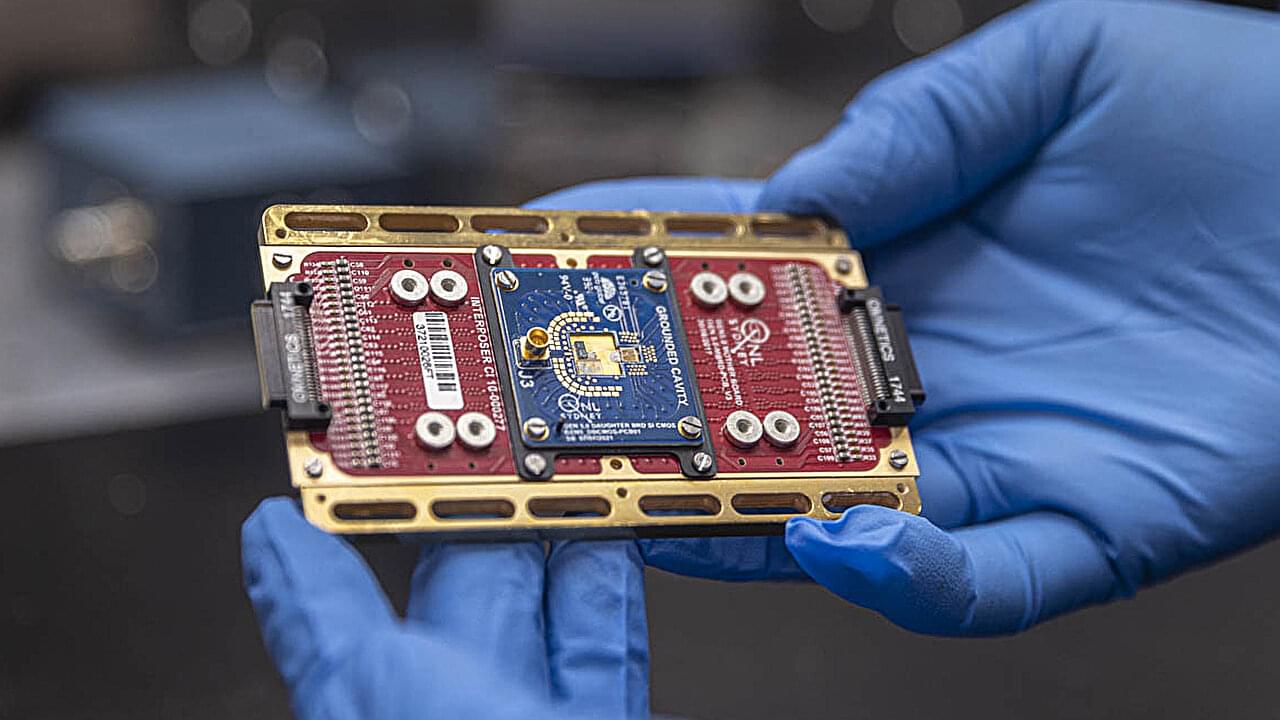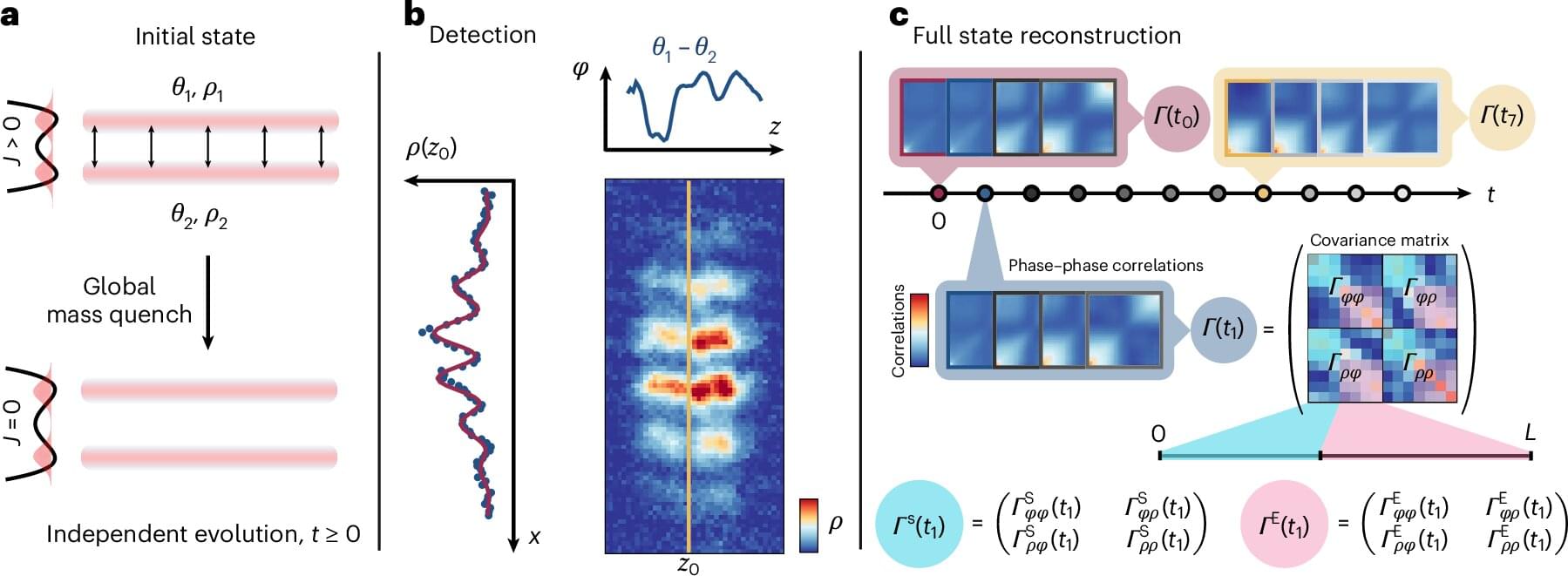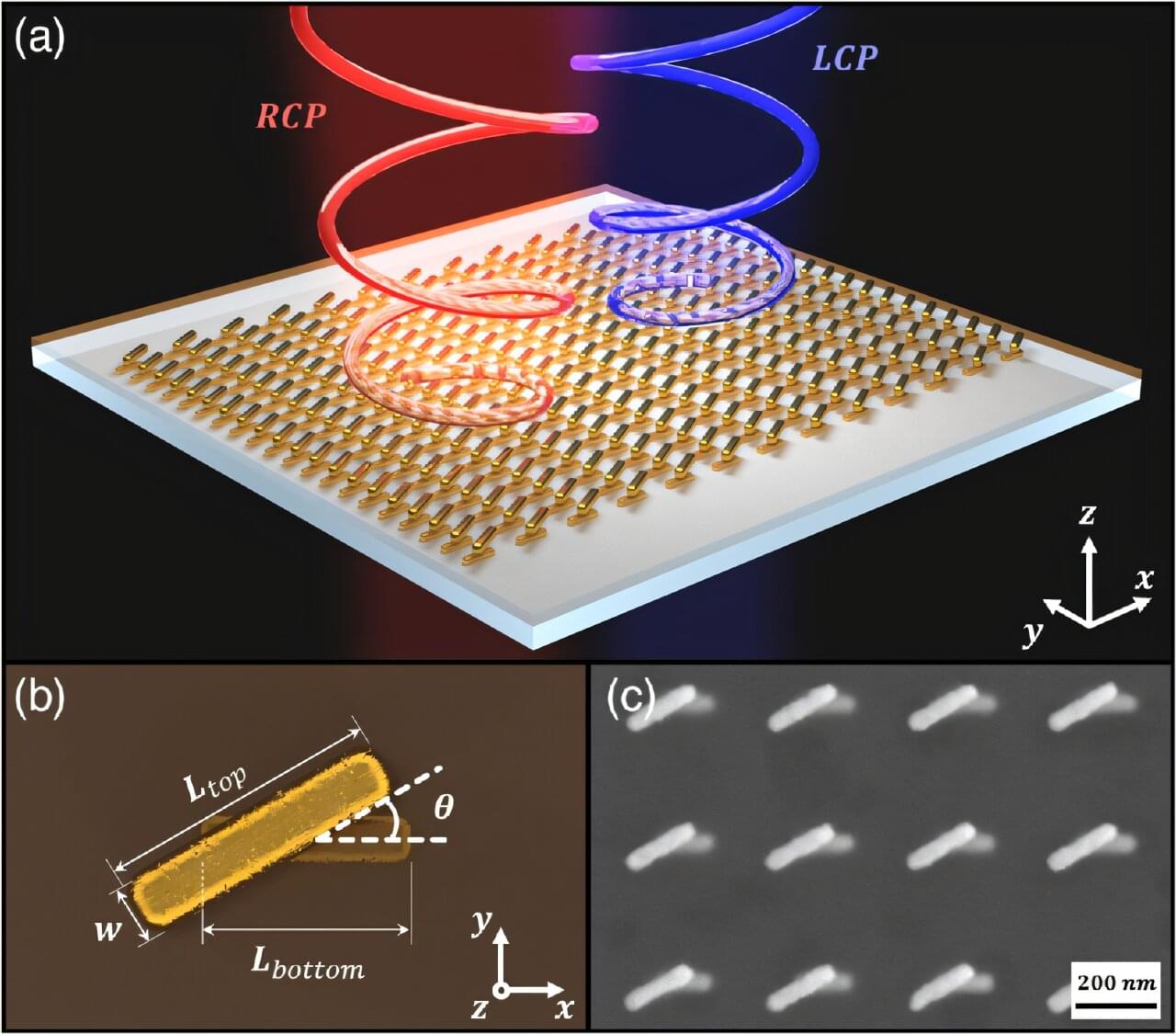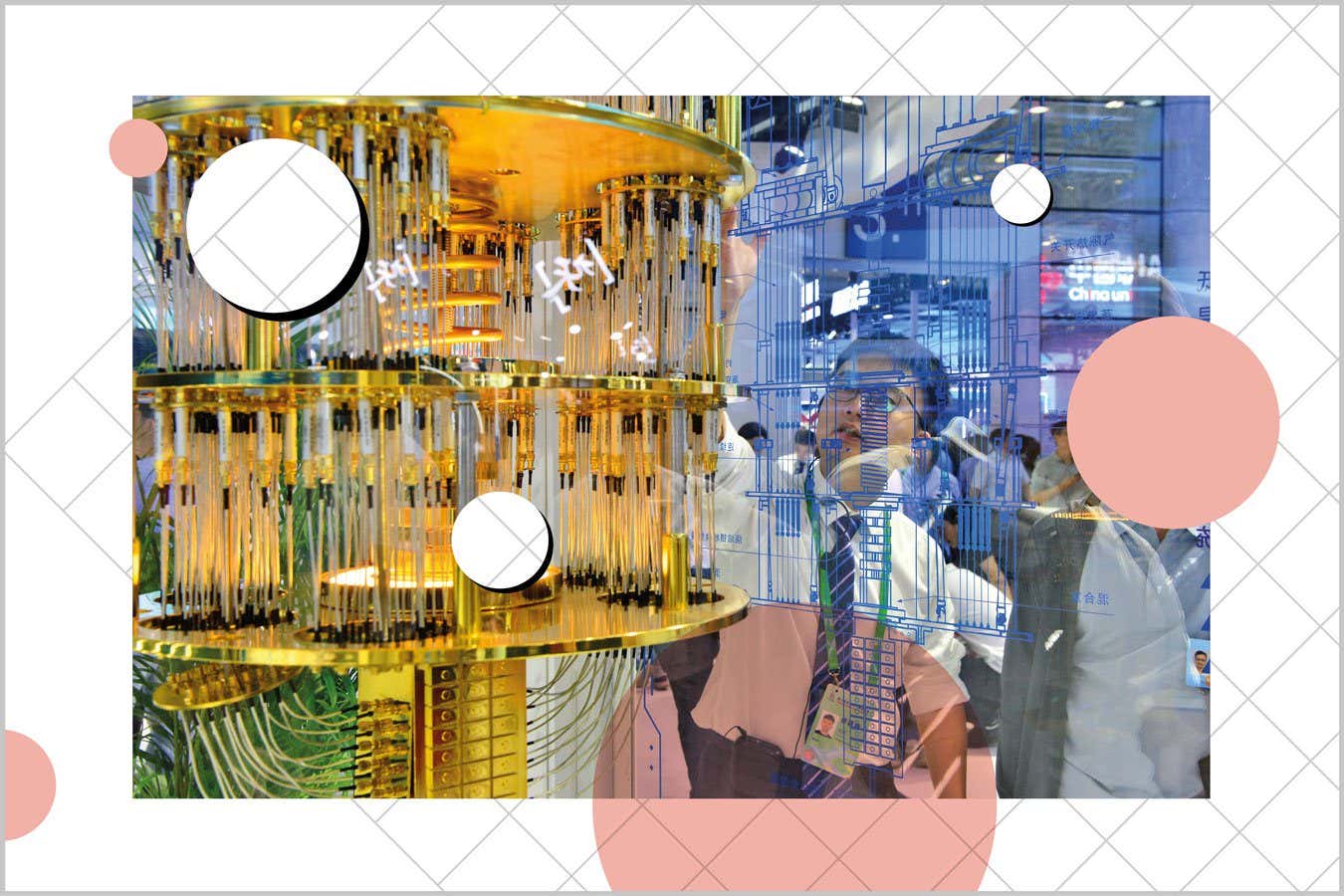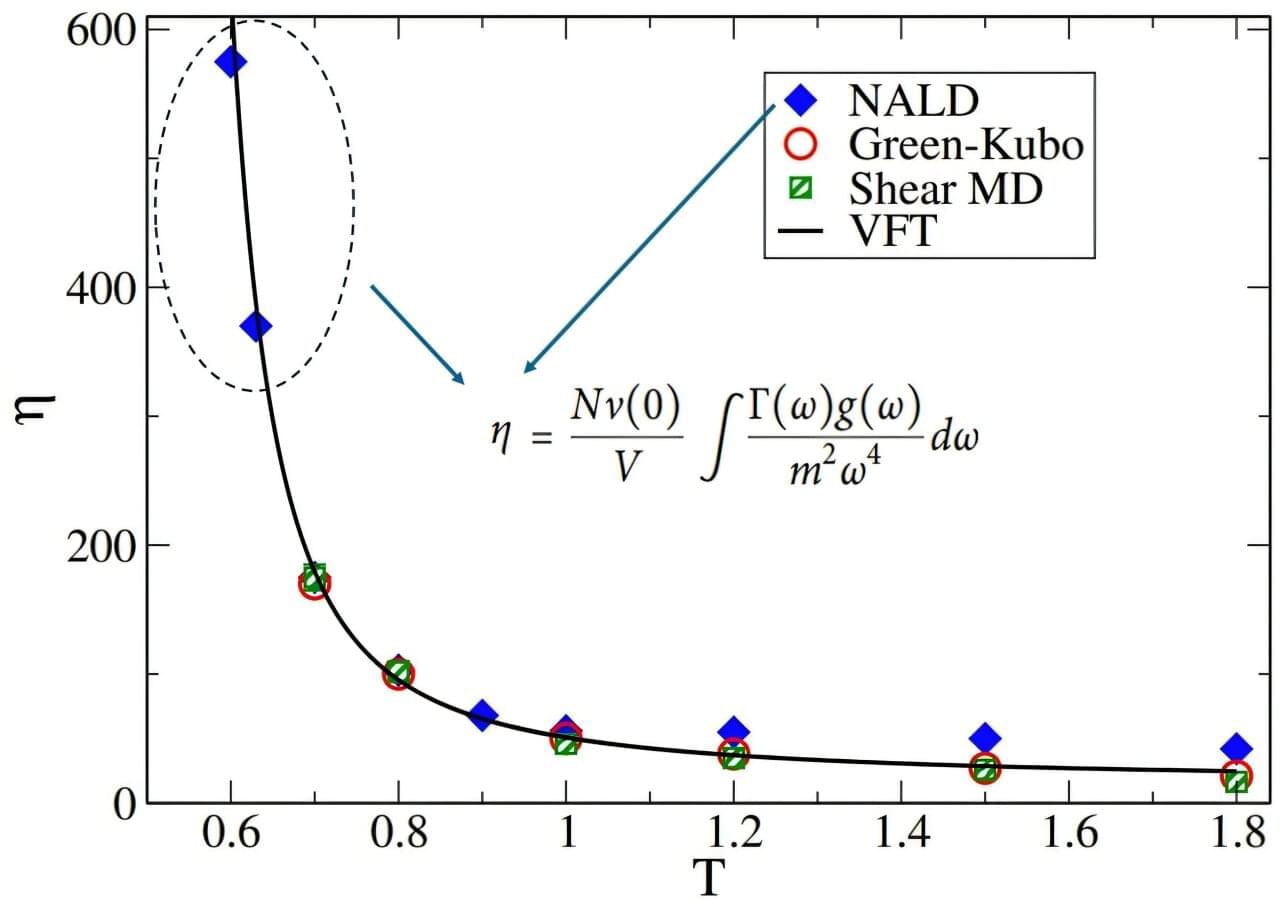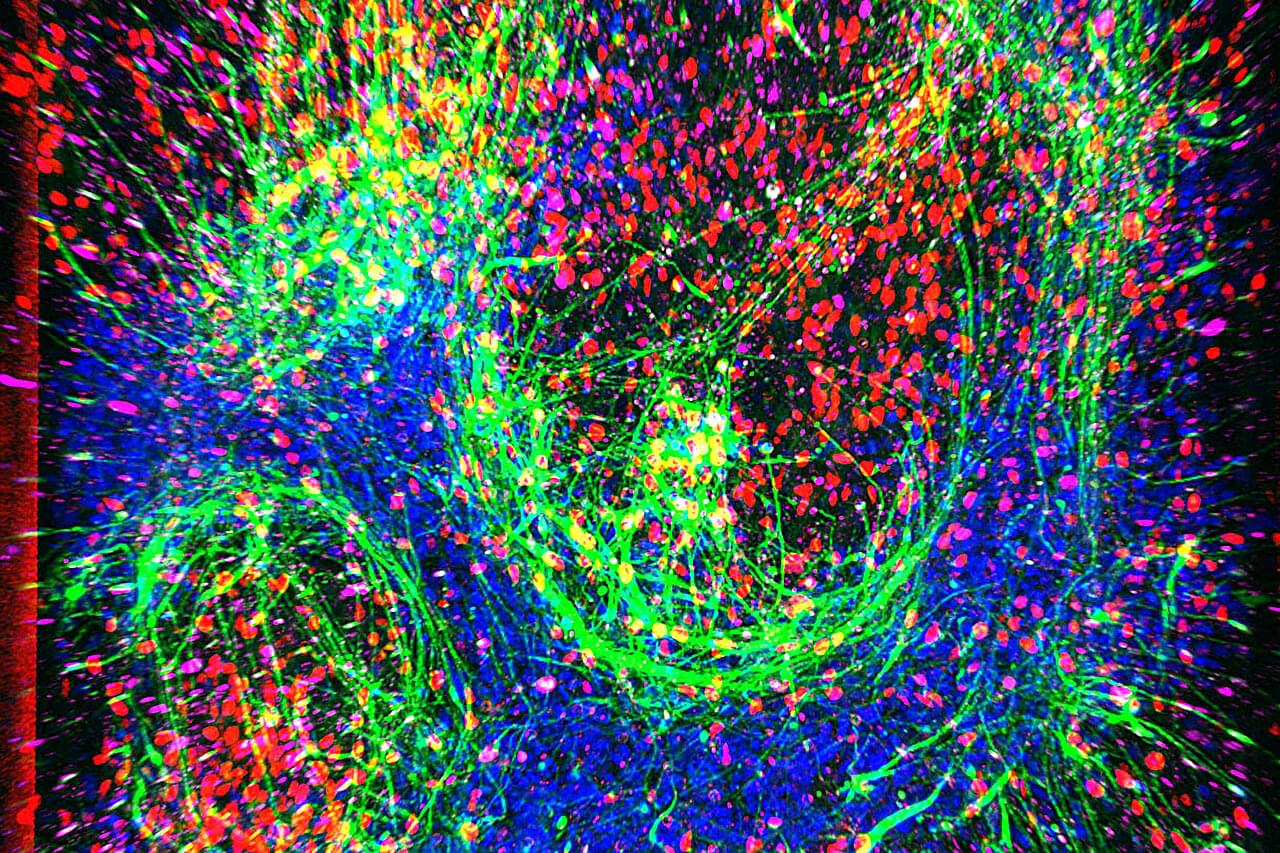Developing technology that allows quantum information to be both stable and accessible is a critical challenge in the development of useful quantum computers that operate at scale. Research published in the journal Nature provides a pathway for scaling the number of quantum transistors (known as qubits) on a chip from current numbers under 100 to the millions needed to make quantum computation a practical reality. The result is enabled by new cryogenic control electronics that operate at close to absolute zero, developed at the University of Sydney.
Lead researcher Professor David Reilly from the University of Sydney Nano Institute and School of Physics said, “This will take us from the realm of quantum computers being fascinating laboratory machines to the stage where we can start discovering the real-world problems that these devices can solve for humanity.”
The paper is the result of industry cooperation between the University of Sydney and the University of New South Wales through the respective quantum tech spin-out companies Emergence Quantum and Diraq. Professor Reilly’s company, Emergence Quantum, was established this year to commercialize quantum control technologies and other advanced electronics like the chip presented in this Nature paper.
